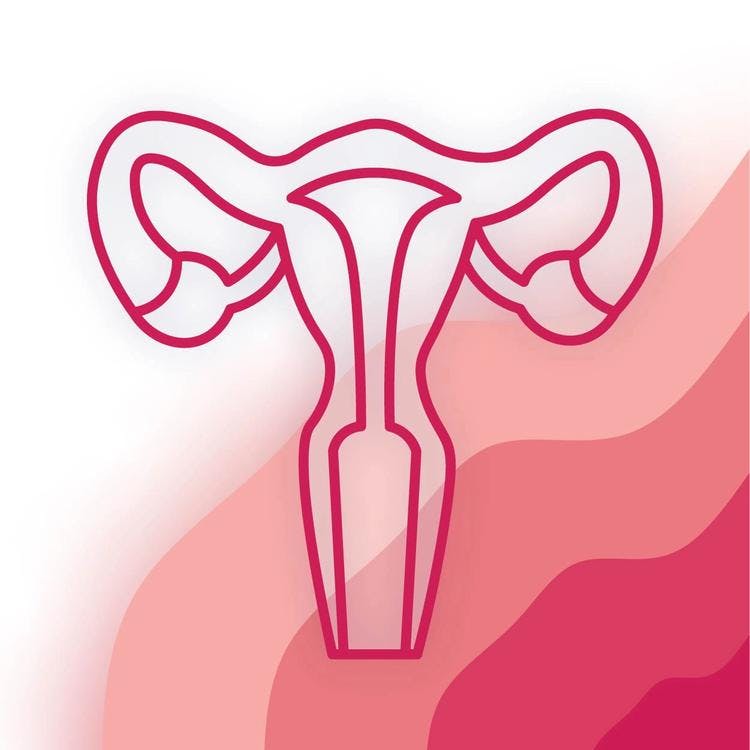Introduction
Pelvic Inflammatory Disease or PID is an infection and inflammation of the structures of the upper genital tract. The upper genital tract starts above the cervix and consists of:
- Endometrium, which when inflamed is called endometritis
- Fallopian tubes, which when inflamed is called salpingitis
- Ovaries, which when inflamed is called oophoritis
Risk Factors
- Persons younger than 25 who are sexually active
- Multiple sexual partners
- Previous sexually transmitted infections (STI)
- Previous PID
What Causes PID?
PID is caused by infective organisms which enter your vagina during sex with someone who themselves are carrying the infective organisms. The infection then spreads upwards beyond the cervix giving rise to PID. The inflammation results in tissue destruction and pus formation of the affected areas.
Symptoms
- Lower abdominal pain
- Vaginal discharge which can smell bad
- Fever
- Bleeding from the vagina
- Increased or irregular urination
Management
Management of PID includes:
- Treatment of the abdominal pain using pain medication
- Antibiotics to treat the bacterial infections
- As well as includes the treatment of sexual partner(s)
Prevention
- Barrier contraception such as male and female condoms
- Oral contraception
- Tubal ligation (sterilisation)

